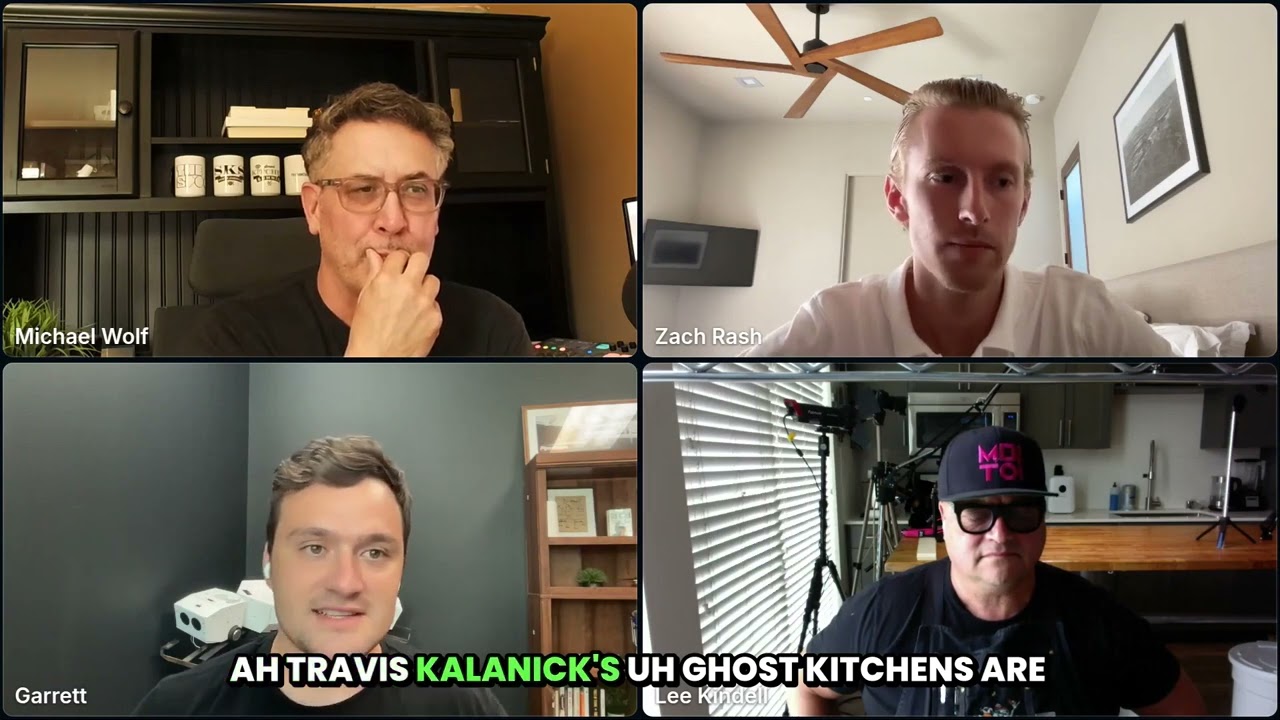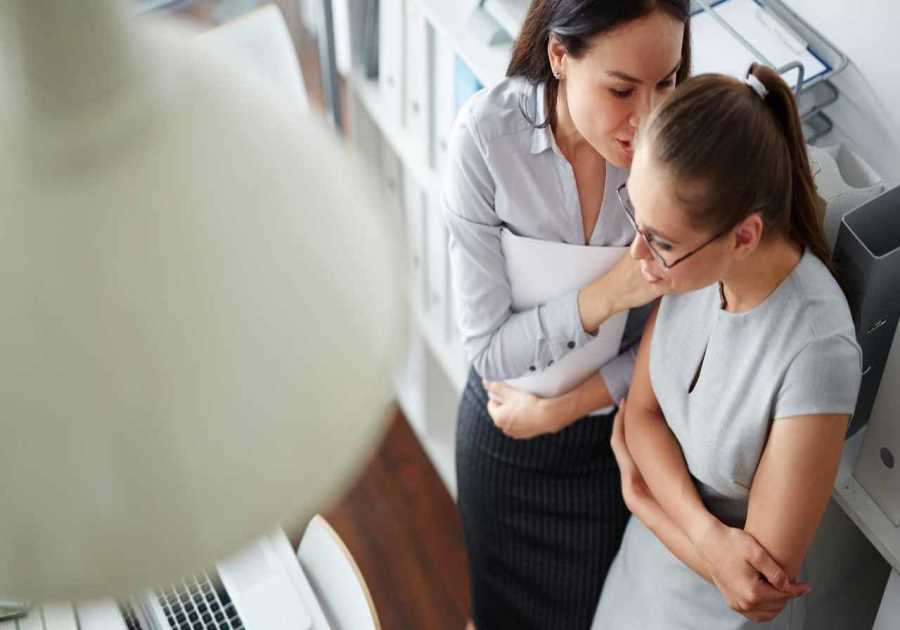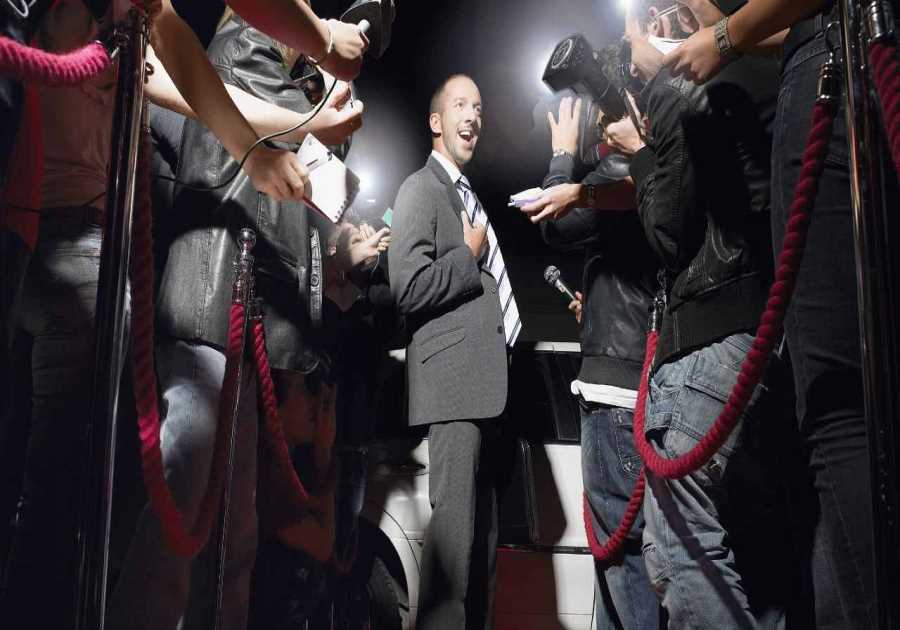With this week’s news that Little Caesars pizza is partnering with Serve to deliver pizza, it’s clear that robotic delivery, whether on sidewalks, underground, or in the air, is fast becoming more mainstream.
Despite many of these startups working on technology for close to a decade, the robot food delivery process still has a cumbersome part: picking up the food at the restaurant or handing over to the customer in their home or apartment.
The main reason is that most restaurants and homes were not built for robotic delivery. Sidewalk delivery robots and drones can’t open doors or use elevators, requiring customers to visit designated pickup spots or follow instructions to collect food at the curb.
This might change in the future, according to Garrett McCurrach, CEO of Pipedream Labs. McCurrach believes that in the future, buildings will adapt to robotic delivery. “A lot of buildings in the future are going to have what is essentially like a USB port for accepting and handing off to different modalities,” said McCurrach at SKS 2025.
According to McCurrach, the goal on the restaurant and ghost kitchen side is to solve the coordination challenges of last-yard logistics, especially in environments where speed and efficiency matter most. “Being able to get things out quickly into the right modality, whatever the modality is, is going to be super important,” he said.

While drone landing pads and delivery hubs have already been deployed in the early stages of the drone delivery market, some are exploring how drones could deliver vertically within a building itself. A group of researchers at the University of Tokyo looked at potential scenarios of drone delivery in high-rises, essentially through what is a “USB port” at the top of the building.
Looking further into the delivery future, another potential big challenge is enabling multi-model (or multi-robot) delivery. Sure, delivering via a drone might make sense to some places, but a more realistic option might be drone to sidewalk robot or, eventually, a humanoid.
For McCurrach and Pipedream, he’s had to think about handoffs to other automated forms of delivery since the beginning, in large part because his delivery system – which consists of an underground delivery with specialized delivery robots – almost by definition will not reach the end-users home or work since the company’s network only delivers to drop-off points in building lobbies or other specialized locations.
“We build the underground networks to move things quickly to get to that end node. And then portals that hand off to a self-driven car, a Coco robot, a Zipline drone, whatever the right modality is to get it to its end destination,” said McCurrach.
But, if early USB technology is any example, over time, universal connections via coordination across ecosystems become more prevalent, as both physical infrastructure and robot-to-robot coordination increase, I expect the arrival of multi-modal robot delivery to be set to arrive at our doorstep sometime in the next decade.
Did you miss our previous article...
https://ballerawards.news/epicure/from-ai-as-health-advisor-to-leaving-shark-tank-here-are-5-takeaways-from-my-conversation-with-mark-cuban






